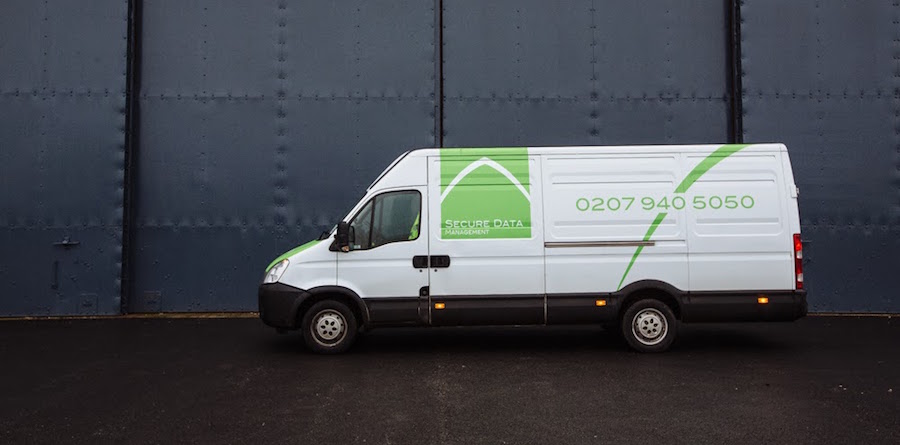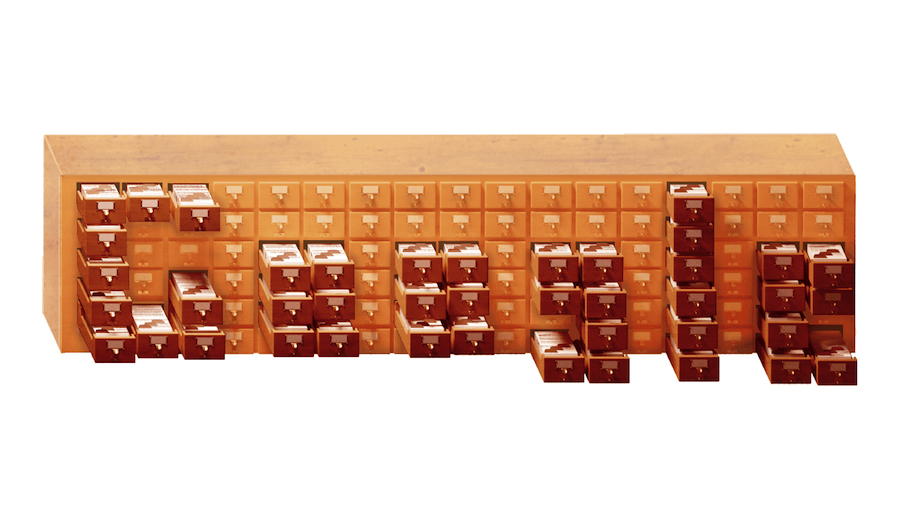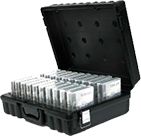The most beneficial aspect of sending documents to offsite storage is that the workload associated with document organisation and storage is taken off your hands. The business no longer has to worry about file indexing or destruction. This frees up valuable time and expertise to document administration and security. Hours standing by the shredding and scanning machine become distant memories.
For more about the benefits of using 3rd party records management company check out this post: 5 ways to reduce your record management costs
Before a company can truly enjoy the benefits of using an offsite storage facility the management staff must reflect on the businesses needs. Whether it be for storage, scanning or destruction, there are a few steps employees should follow to maximise the benefits of storing offsite.
Steps for Sending Documents Offsite
1. Choosing Files
A company will not need to send all records to an offsite storage facility. It would in fact be inefficient to send files away that are used frequently. Only records that are used infrequently or are non-active should be sent offsite ideally. These files will often be little use to a business but will need to be kept for legal reasons. It is important that a business carefully differentiates between non-active and active files before transferring documents.
2. Preparing Files
In order for files to be ready for storage employees should ensure that records are clear of any of the following: post it notes, staples, and stickers. Files can also be taken out of ring binders, lever arch files and box files, as these just take up unnecessary space in an A4 box. Use appropriate lever arch boxes, then keeping records in these binders shouldn’t be an issue.
3. Organising File
It would be advisable for your company to organise files before transfer. Managing files by a retention and disposal schedule is be practical as it gives clear indication of what files should go offsite and which ones should remain local. In the long term this would certainly help a business save on storage costs.
4. Boxing Files
Boxes are normally provided by the facility flat packed and free of charge. If a facility is trying to be environmentally responsible it will use boxes made out of recycled material. Files should be placed in boxes only after being removed from binders and lever arch files. When transferring files from filing cabinets to boxes it would be wise to keep files in the same order, files are most likely to have been previously ordered numerically or alphabetically.
5. Scanning Files
If your business is concerned about file accessibility, which is likely to be the case if you are in the legal or medical profession, it might be worth scanning your files. Scanning your files before transfer will save storage space and will minimise document accessibility time. For high volume scanning it might be worth using your offsite storage, as they can then provide online access via a secure portal. Using an online portal service enables document access from anywhere without having to worry about IT maintenance or software licences.
Preparing your files for offsite storage is easy and will make the transfer process far more efficient for every party involved. To get the best out of your offsite storage contract it is ideal that you are as familiar with your records as your storage company.











